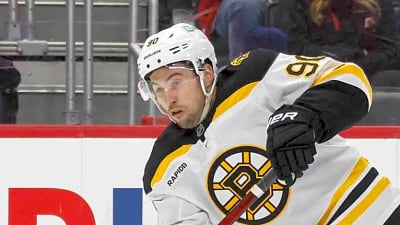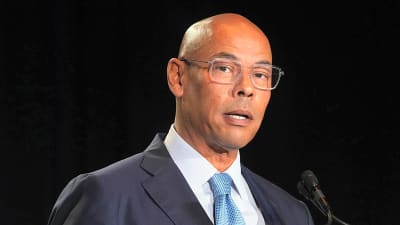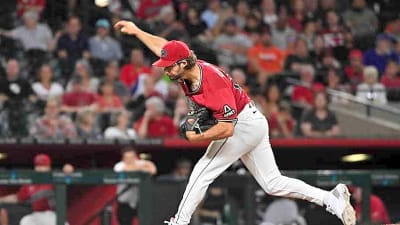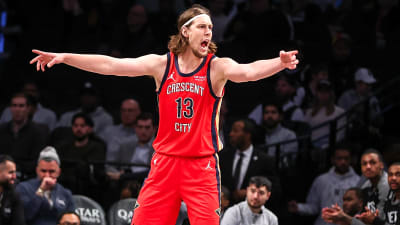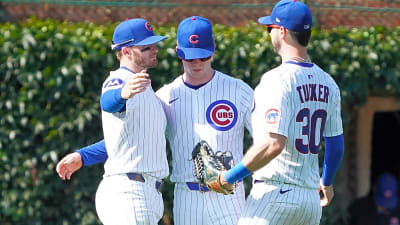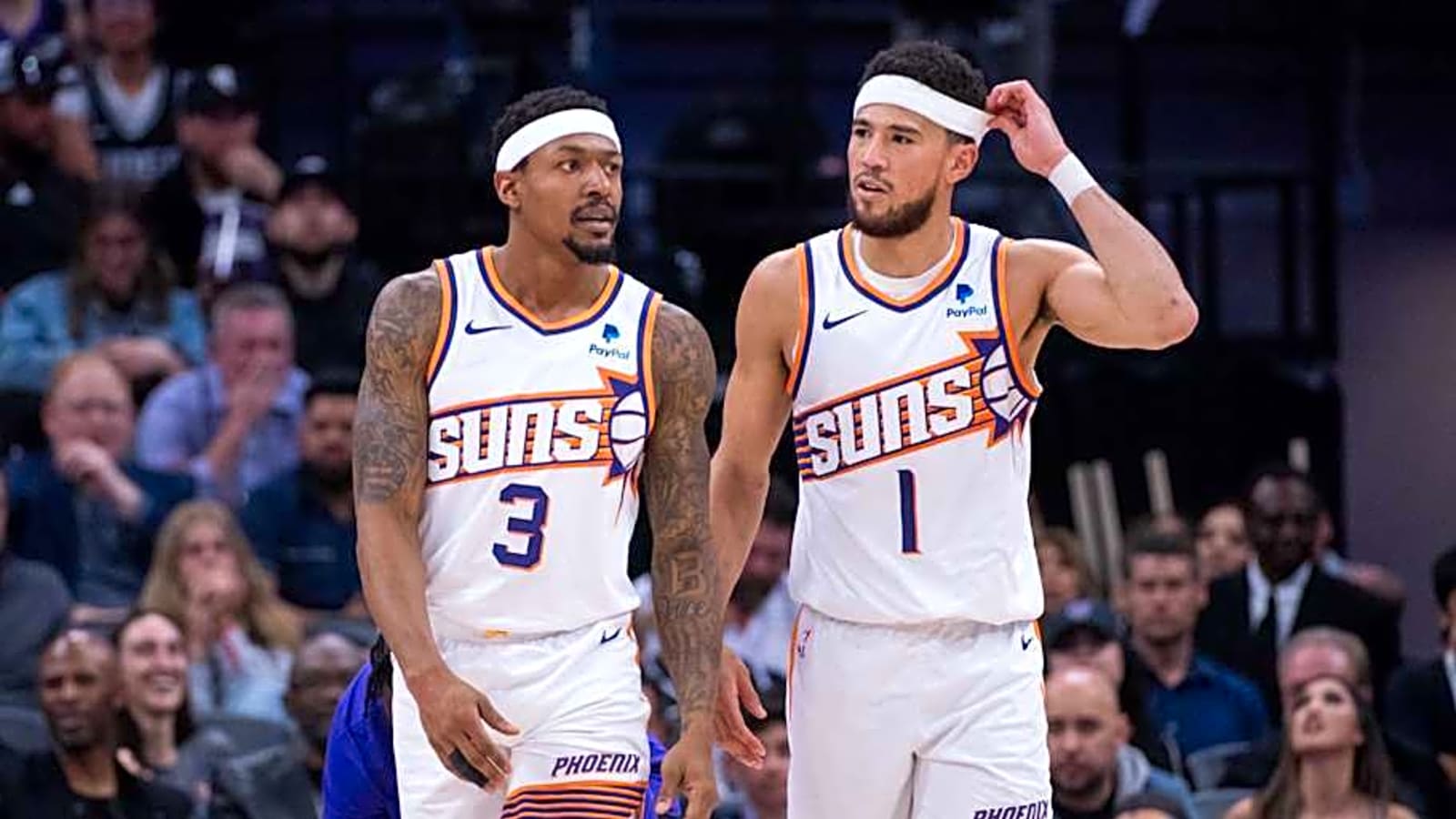
Long gone are the days of diving deep into the luxury tax to bolster your roster.
If Phoenix Suns owner Mat Ishbia had foresight of the implications that the latest NBA collective bargaining agreement would have on big spenders before he went all in in his first week at the helm in Phoenix, maybe Kevin Durant would still be on the roster instead of Bradley Beal.
Everyone knows how this story played out. As the Suns near a buyout with Beal, let's take a look at where they stand in each threshold of the luxury tax and what a team is and isn't allowed to do.
Luxury tax: $29.9 million over
The luxury tax threshold for the 2025-26 season is set at $187,895,000. As it currently stands, as Keith Smith of Spotrac noted, 11 of the 30 NBA teams are currently over the threshold.
Teams over the salary cap have access to the non-taxpayer mid-level exception, which is worth $14.1 million this season. Teams that use the non-taxpayer MLE are automatically hard-capped at the first apron. Teams also have access to a bi-annual exception that is worth $5.1 million.
There are no trade or buyout restrictions for teams over the cap and under the first apron.
First Apron: $23.3 million over
The first apron for the 2025-26 season is set at $195,945,000. The Suns are one of seven teams currently over the first apron.
The restrictions for teams over the first apron immediately get tighter. Teams over this threshold now have access to the taxpayer MLE, which is worth $5.7 million this season, and are hard-capped at the second apron if it is used.
Teams over the second apron can't acquire a player via sign-and-trade, sign a buyout player who made more than the non-taxpayer MLE in their previous contract, take a single cent more back in a trade, or use a taxpayer exception created in the prior season.
Second Apron: 11.5 million over
The second apron for the 2025-26 season is set at $207,824,000. Phoenix joins Boston ($332 thousand over) and Cleveland ($19.7 million over) as the only three franchises over the threshold.
Buckle up.
Teams over the second apron cannot use any exceptions. They can only re-sign their own free agents, sign their draft picks, and sign players to minimum contracts. They are also only allowed to make trades where one salary is sent out for another that is equal to or lower than that figure. That trade can be a one-for-two trade.
Needless to say, reaching a buyout agreement with Beal would do the Suns wonders in terms of flexibility in this post-Durant era. However, for it to work, Beal must forfeit up to $14 million... a lot of money.
Once again, just as it was at the trade deadline with Beal's no-trade clause, the three-time All-Star has full control over what Phoenix can do with its roster.
Phoenix Suns Latest News
More must-reads:
- Thunder agree to five-year max extension with All-Star forward
- The injury that changed everything: Kevin Durant gets candid on LeBron's podcast
- The 'NBA Rookies of the Year' quiz
Breaking News
Trending News
Customize Your Newsletter
 +
+
Get the latest news and rumors, customized to your favorite sports and teams. Emailed daily. Always free!



